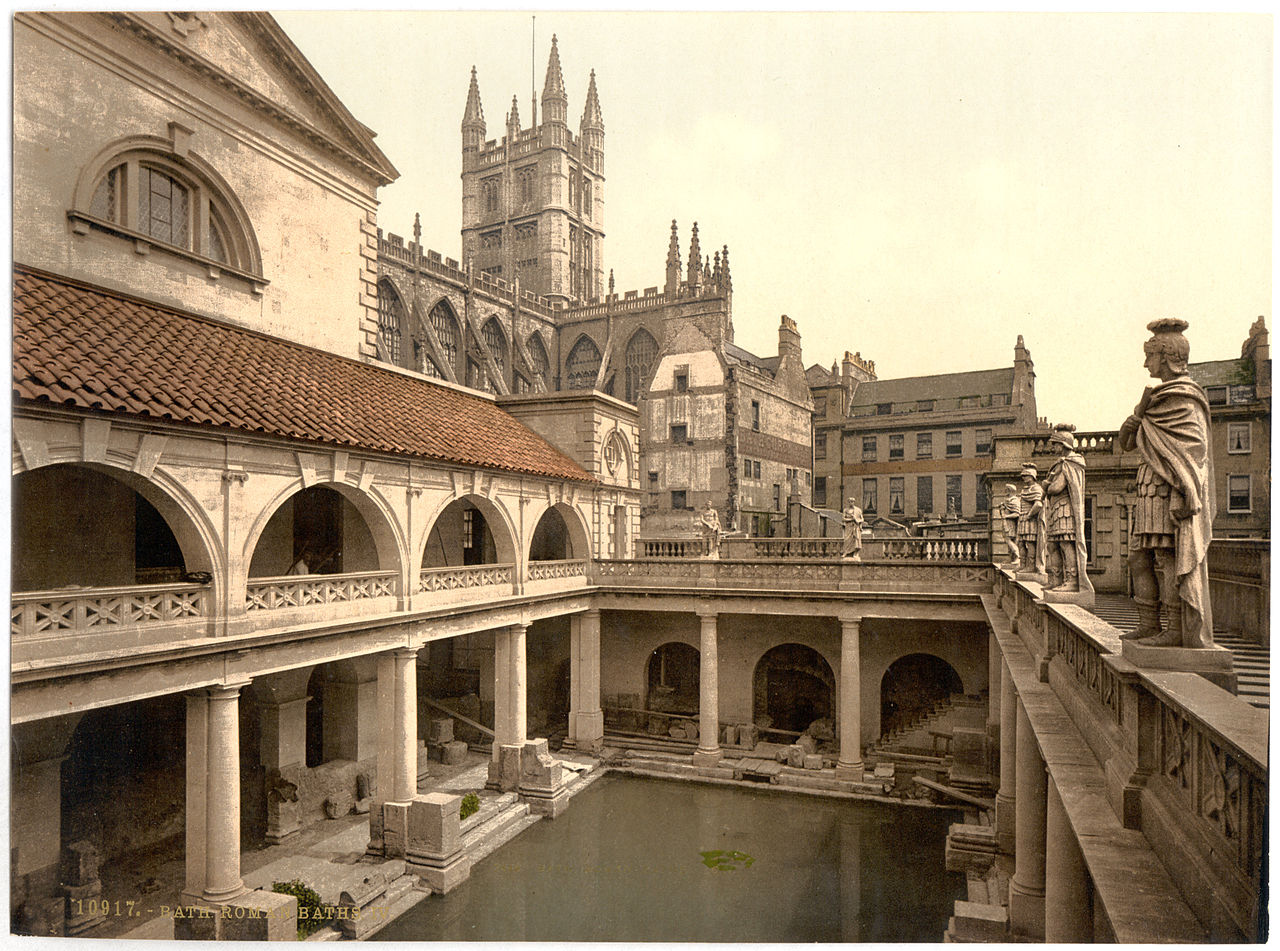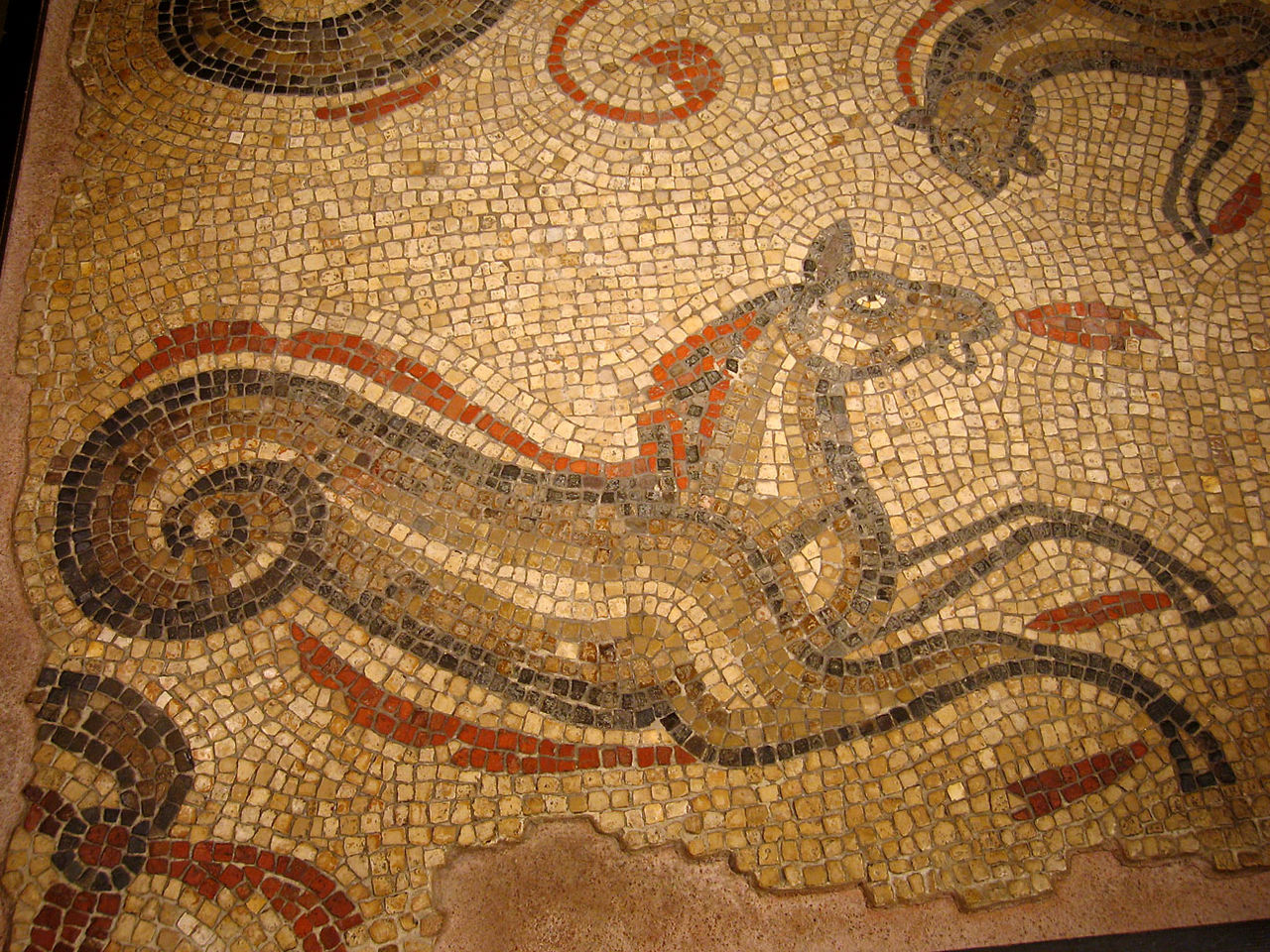A Nice, Hot Bath


Please don’t hold it against me: I was an English Literature major in college.
My specialty was the old stuff – Shakespeare’s plays, the comedies of the Restoration period, poets from John Milton to Alexander Pope, and the early novelists, especially Jane Austen. It was mostly a pursuit of things written before about 1820 and kept me more than busy.
About eight months after I graduated in 1977, I took off and traveled the world for the best part of a year, spending May and June of 1978 in England and devotedly seeking out places where my favorite subjects of study had lived and worked and found inspiration. I went to the places where the great theaters had been and tramped along rivers and city streets listening for echoes and seeing if there was anything left that would attach me to the life experiences of my literary heroes.
It was all fairly thin until I reached the city of Bath, where Jane Austen had centered so many scenes in her great novels. Back in 1978, the place hadn’t changed all that much since she’d lived there; it still embodied a mood and architectural style that easily carried me back 200 years to her time.
For all of her virtues, however, Miss Austen wasn’t hugely impressed by Bath or at all into the one feature of the city that most thoroughly captured my imagination while I was there – that is, the natural watershapes that gave the town its name and had defined its function at least since the Romans reached England nearly 2,000 years earlier.
I’m mindful of the fact that I took this trip well before watershaping came to define my own function and life. Even then, however, I was blown away by the thought that the Romans had settled in this place around 70 A.D. and had converted the site’s warm springs into a system of pools to serve as an early spa.
Not much is visible from those times; in fact, the baths were basically forgotten and buried after the Romans left a couple centuries later and were only rediscovered in Shakespeare’s time. But seeing the still-visible parts of the Roman baths in person – and absorbing all I could about their inner workings from a memorable museum exhibit – I felt as though I was witnessing history in the grandest and most personal way possible.
When you take that history and surround it with graceful Georgian architecture, the package Bath offers its visitors is quite complete and unique. And so tasteful, I might add, that I have to think that even a Roman would have been pleased to see their baths set amid such a splendid and sociably neoclassical context.
No, you can’t “take the waters” the way they did when Jane Austen was around, but it’s well worth a visit: For inspiration, the baths of Bath can’t be beat.










